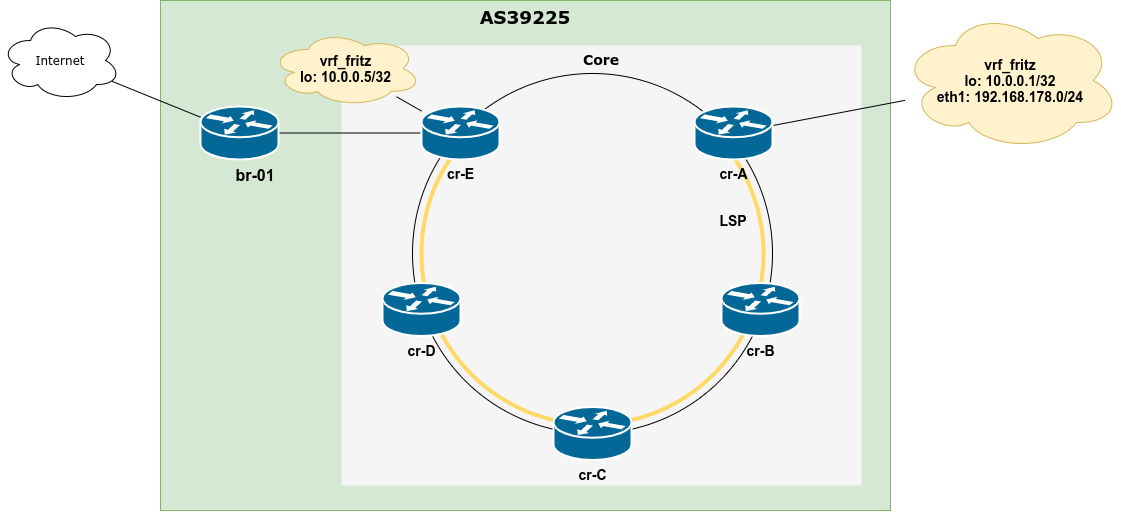A friend today challenged me with this problem on an Ubuntu box:
auto eth2
iface eth2 inet static
address 10.23.0.32
netmask 31
auto eth2.210
iface eth2.210 inet static
address 10.42.0.32
netmask 31
root@box:~# ifup eth2.210
Cannot find device "eth2.210"
Failed to bring up eth2.210.
The first thing coming to mind is “package vlan missing?”, which it was. After installing it, it got more interesting:
root@box:~# ifup eth2.210
Set name-type for VLAN subsystem. Should be visible in /proc/net/vlan/config
ifup: recursion detected for interface eth2 in parent-lock phase
ERROR: trying to add VLAN #210 to IF -:eth2:- error: File exists
Cannot find device "eth2.210"
Failed to bring up eth2.210
A little poking around showed, that there’s no interface eth2.210 present in the system, but
root@box:~# cat /proc/net/vlan/config
VLAN Dev name | VLAN ID
Name-Type: VLAN_NAME_TYPE_RAW_PLUS_VID_NO_PAD
rename10 | 210 | eth2
root@box:~# ip l
[...]
10: rename10@eth2: <BROADCAST,MULTICAST,UP,LOWER_UP> mtu 1500 qdisc noqueue state UP mode DEFAULT group default qlen 1000
link/ether DE:AD:BE:EF:23:42 brd ff:ff:ff:ff:ff:ff
[...]
Deleting the renameNN interface an running ifup again, just created a renameNN+1 interface with kernel log entries like
[7366672.699018] rename14: renamed from eth2.210
I suspected some bugs in /etc/network/if-{,pre-}up.d/ but this even happend, when manually running
ip link add link eth2 name eth2.210 type vlan id 210
or
ip link add link eth2 name vlan210 type vlan id 210
Dafuq?
Continue reading Beware of the details (and VLANs)

